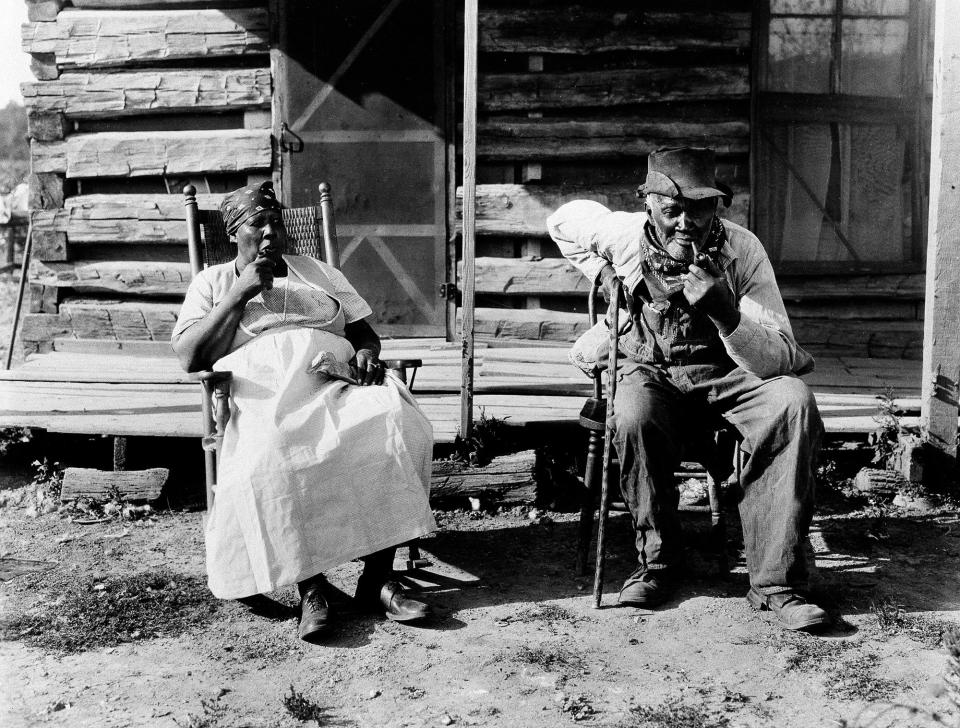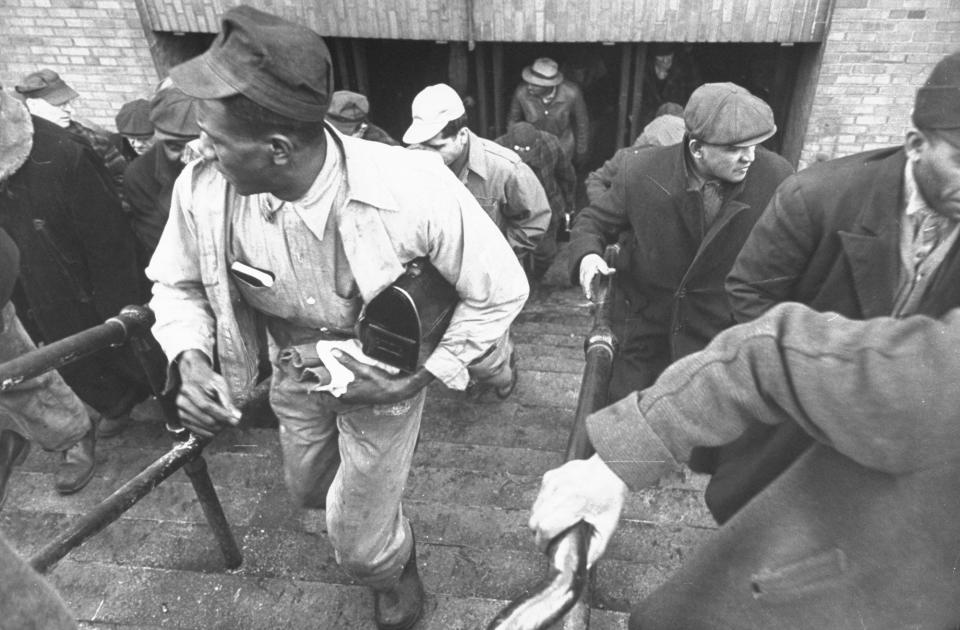How 13 migrations of African-Americans changed the nation

In Motion: The African American Migration Experience, a multimedia exhibition by the New York Public Library’s Schomburg Center for Research in Black Culture, lists 13 mass movements of people that shaped the black experience in the USA. Here are some facts from the exhibition.
1. Trans-Atlantic slave trade, 1450–1867
More than 12 million Africans were brought to the Americas during this trade. About 500,000 of them were taken to the USA. The bulk went to South America and the Caribbean.
2. Runaway journeys, 1630s–1865
About 50,000 people a year attempted to escape slavery, but only a few thousand made it to freedom. Escapees usually came from the upper South. After passage of the Fugitive Slave Act in 1850, blacks headed to Canada, to rural areas near Lake Erie and Lake Ontario, and to all-black communities.
3. Domestic slave trade, 1760s–1865
Roughly 1.2 million people were displaced.
Early on, slaves were moved south from northern colonies such as Pennsylvania, New York and Massachusetts. In later years, slaves were exported from the upper South to the Deep South.
4. Colonization and emigration, 1783–1910s
Blacks seeking freedom from oppression migrated from the USA to Canada, Haiti, Mexico and, most often, Africa. Immigration to Africa peaked between 1848 and 1854.

5. Haitian immigration, 1791–1809
From the 1790s to 1809, thousands of refugees settled in the USA, mostly in formerly French Louisiana, during the Haitian revolution.
The population included Creole whites as well as free blacks, although the latter’s attempts to migrate were met with resistance.
6. Western migration, 1840s–1970s
This migration started before the Civil War, when free blacks left Northern states to homestead in the West.
After emancipation, former slaves fleeing white terrorism in the South homesteaded in Kansas, Oklahoma and often as far as Utah. After World War II, blacks seeking work moved to California, Oregon and Washington.
7. Northern migration, 1840s–1890s
Before and after the Civil War, free blacks left the South for a less oppressive life in the North. The earliest destinations were cities closer to the South, such as Cincinnati, but large numbers also moved to Boston, Philadelphia, Chicago and Buffalo.

8. The Great Migration, 1916 -1930
About 1.5 million people left the South for the North, lured by the prospect of industrial jobs. The movement was a first step in the urbanization of the African-American population.
9. The Second Great Migration, 1940-1970
An estimated 5 million people left the South for the North and West.
By the end of the 1970s, the African-American population had almost completely shifted from rural to urban. More than 80 percent of blacks lived in cities, compared with 70 percent of whites.
10. Caribbean immigration, 1900–present
More than 1.5 million Afro-Caribbeans represent about 5 percent of the black population.
11. Return South migration, 1970–present
Starting in the 1970s, more African-Americans moved to the South than left it.
Blacks especially left Midwestern cities like Detroit, Pittsburgh and Chicago for Southern metro areas such as Atlanta, Charlotte and Raleigh-Durham, North Carolina.
12. Haitian immigration, 1970–present
At least 750,000 Haitian immigrants live in the USA, mostly in New York and Florida.
13. African Immigration, 1970–present
More than 1.7 million people claim sub-Saharan ancestry, representing about 5 percent of the African-American population.
African immigrants are among the most-educated communities in America. Roughly half are college graduates.
This article originally appeared on USA TODAY: How 13 migrations of African-Americans changed the nation

